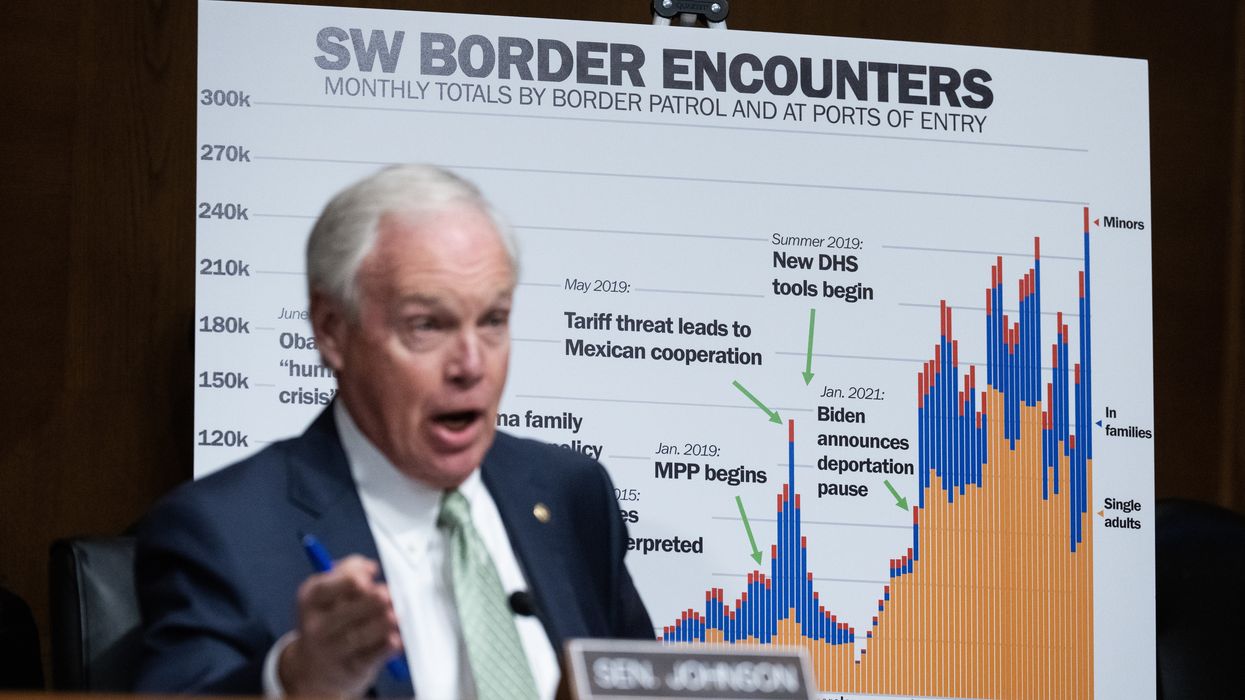This fact brief was originally published by Wisconsin Watch. Read the original here. Fact briefs are published by newsrooms in the Gigafact network, and republished by The Fulcrum. Visit Gigafact to learn more.
Has President Joe Biden ‘let in’ nearly 1,700 people with links to terrorism?
No.
Border agents have encountered individuals on the federal terrorist watchlist nearly 1,700 times since President Joe Biden took office — that means those people were stopped while trying to enter the U.S.
The latest figures show 1,664 encounters from fiscal 2021, starting Oct. 30, 2020, through May 15, 2024. That includes nearly three months before Biden was inaugurated.
The watchlist contains known or suspected terrorists and individuals “who represent a potential threat.”
About 78 percent of the encounters were at legal ports, where entry into the U.S. can be denied. The other 367 encounters occurred between legal ports, nearly all at the Southwest border. Those individuals may be detained and removed.
The 1,700 claim was made June 4 by Fox Business TV host Elizabeth MacDonald while interviewing U.S. Sen. Ron Johnson (R-Wis.).
A Fox spokesperson provided no evidence that any of the encounters resulted in entries.
This fact brief is responsive to conversations such as this one.
Sources
Associated Press Posts misrepresent border encounters with people on terror watchlist
Google Docs Terrorist Screening Data Set Encounters as of June 5, 2024
US Customs and Border Protection CBP Enforcement Statistics
Fox Business Sen. Ron Johnson: Biden's border executive action 'proves point' he's had authority to keep the border closed




















